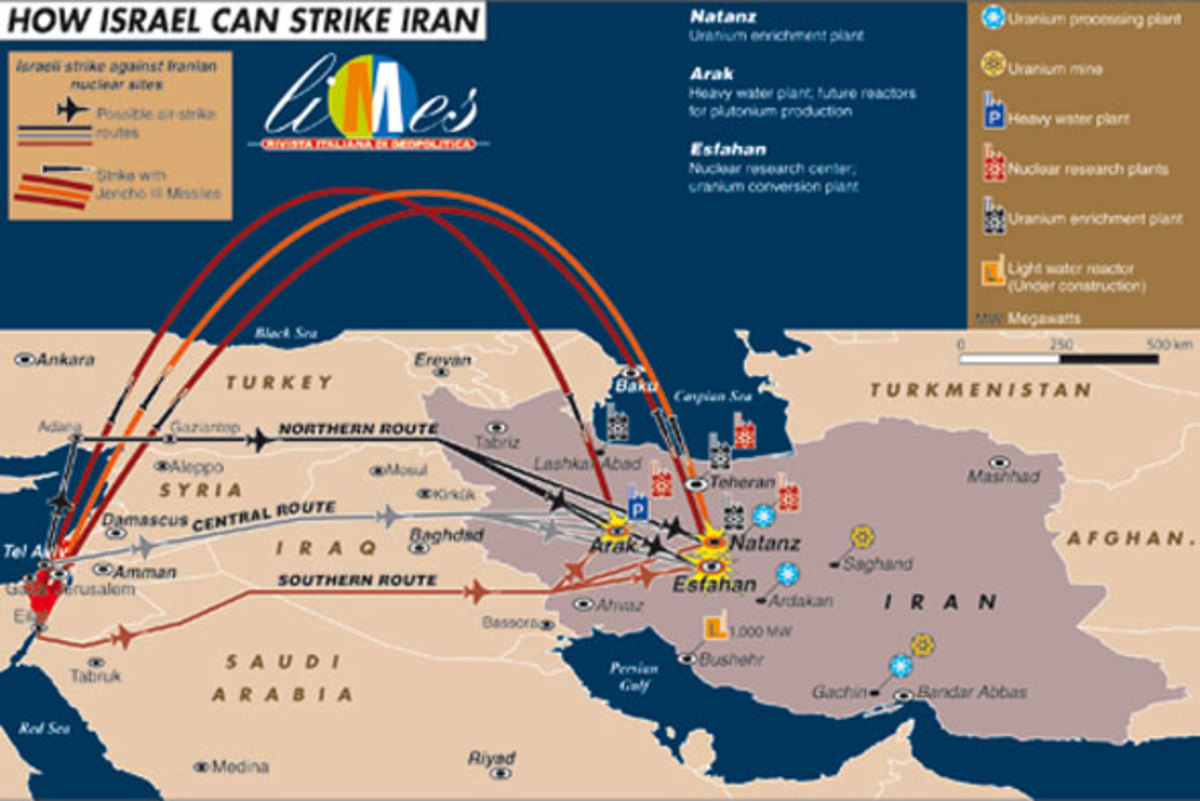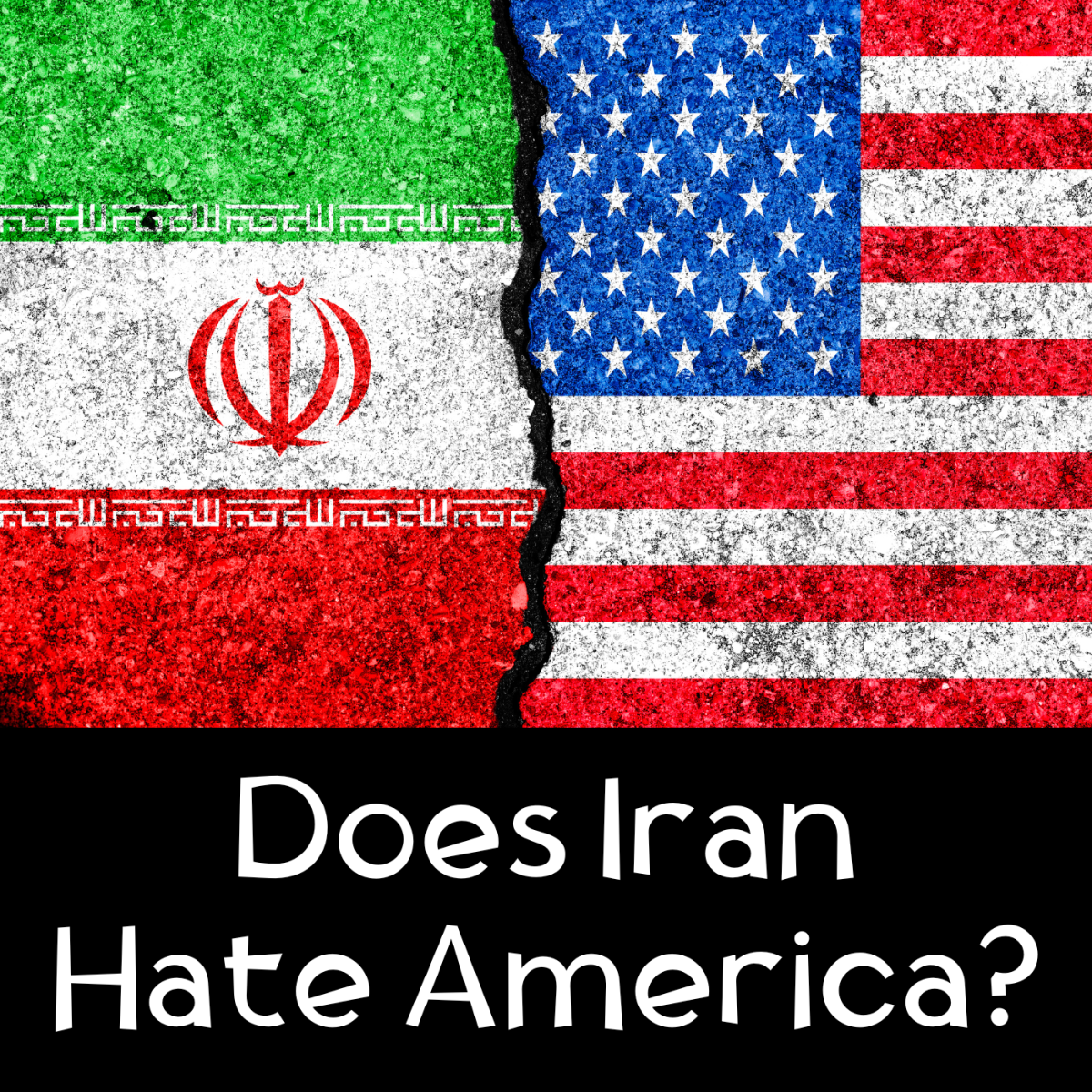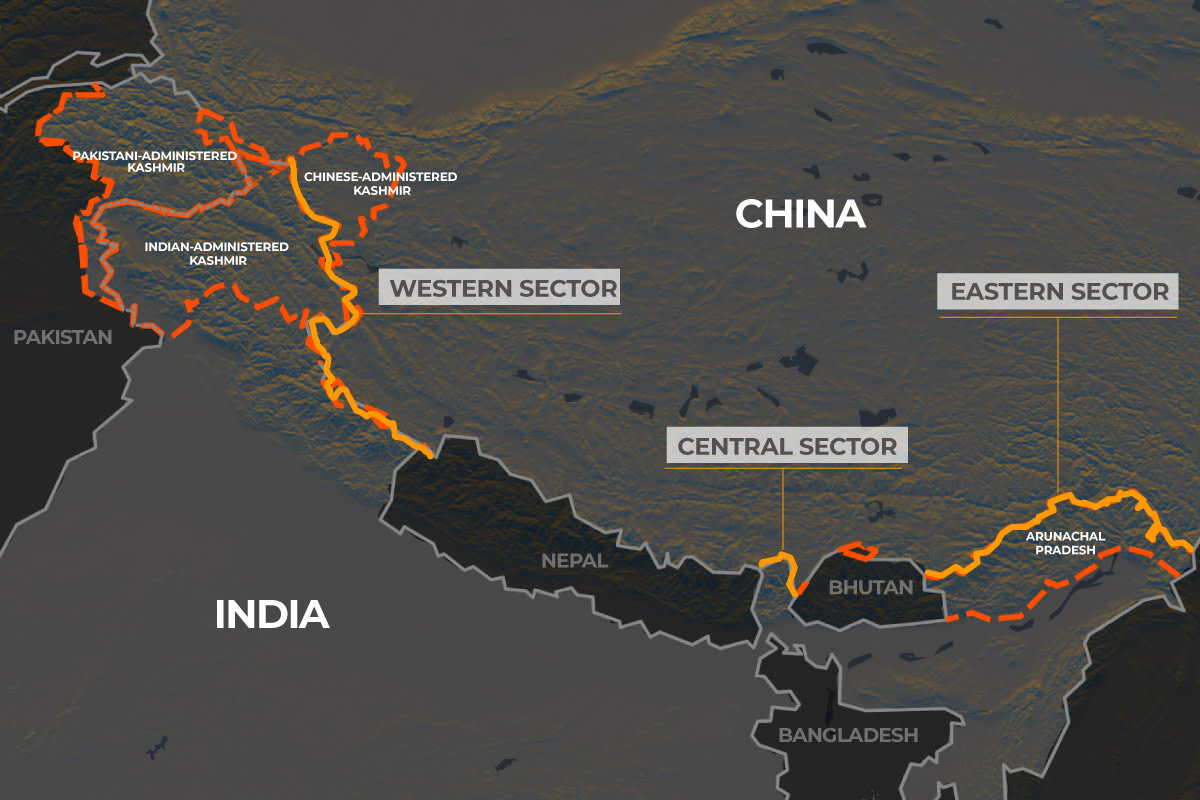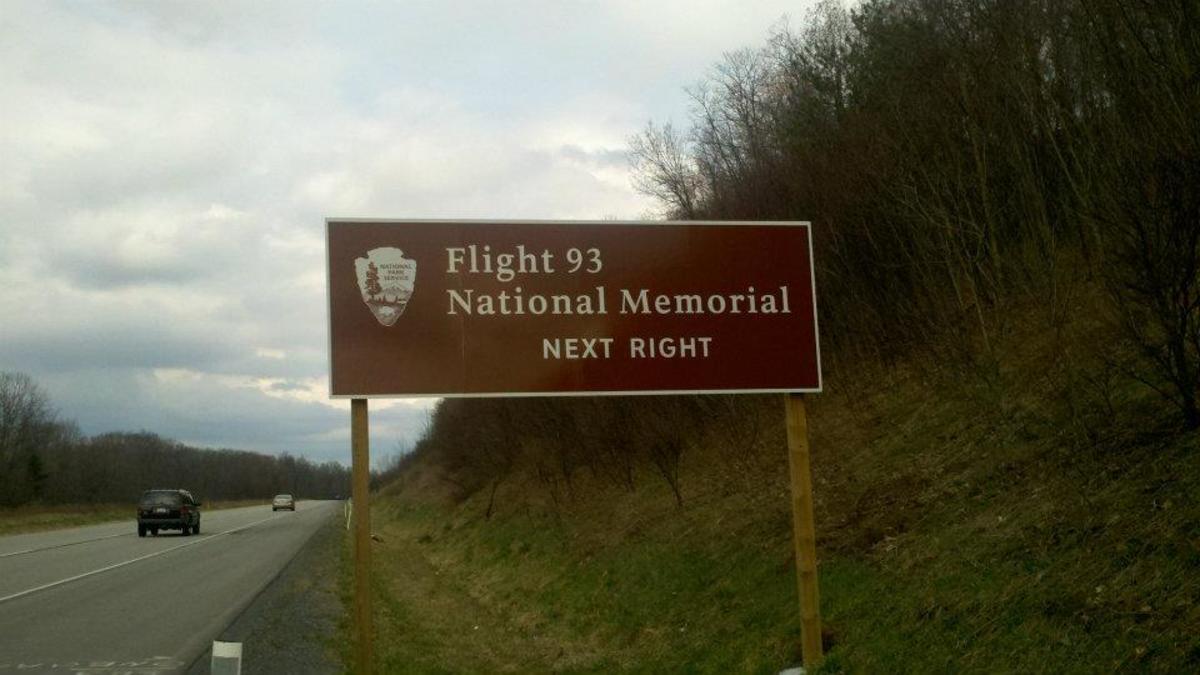How Cyber Space is a Front of War Between U.S and Iran
How Cyber Space is a Front of War Between U.S and Iran
Introduction
The cyberspace is the dynamic and virtual space that such systems of machine-clones make. As it were, the internet is the snare of customer gadgets, PCs, and which interconnect the world. The word cyberspace was first appeared in the book 'Neuromancer' by William Gibson in the year 1984. It delineated an online virtual world of computers and subjects of society who uses it. The author portrayed cyberspace 3D virtual world and the networks of the computer create this space.
According to the New Oxford Dictionary of English, ‘Cyberspace’ is the notional environment in which people communicate over computer networks. Since cyberspace is a virtual space, it has no boundaries, mass, or gravity. It simply represents the interconnected space between computers, systems, and other networks.[1]
Warfare has traditionally been executed within easily-defined periods and geographic boundaries. Wars are declared and when objectives are achieved or abandoned, the parties return home. These conflicts have been fought on identifiable terrain in the air, on the ground, under the sea, and as of the last 20 years, in space. Even the changing tools of war have been easily defined: the rifle, bomb, aircraft, tank, ship, et al. Some of the newer tools, such as the improvised explosive device, are equally tangible and identifiable. But the internet and its expansionary nature have opened a whole new domain for attacks and warfare. There are no geographical boundaries and the domains are beyond the reach of traditional norms such as the Geneva Convention. This evolution of cyber warfare is a game-changer. It changes how we assess our enemies, meet their challenges, and enact policies that match the growth of the cyber domain. To determine the best policies and plans of action, government and civilian entities must cooperate to develop common definitions and goals and implement responses[2].
Cyberspace is the current generation's new front of the war. The battlefield expanded from land, water, air to cyberspace also it is a virtual war.In cyber warfare, it is not just a computer against but a much broader concept. It's an activity through cyberspace or using digital means to attack an opponent. These attacks would vary from state-sponsored to disrupt information system, to individual hacks and try to make a make political statement or mala fide influence in others. It includes activities of non-state sponsored terrorist organizations. The abundant access to internet offensive cyber-attackshas become frequent occurrences at all levels.
Instead of sniper pulling trigger of a gun as in physical war, here in cyber warfare war is being fought on keyboards with ones and zeros acting like the soldiers executing orders. Due to the development of cyberspace, the battlefield has been expanded to anywhere internet extends. Our business, political, social activities have completely relied upon technology means escaping from the impact of cyber warfare is improbable. An individual can control a bunch of computers, making it even more difficult to find who’s behind the action.
Relationship between the U.S and Iran
U.S and Iran have a dreadful diplomatic relationship since 1979.The direct bilateral political relations between the two governments were severed following the Iranian Revolution in 1979 and the subsequent seizure of the embassy of the U.S in Tehran. Priorly the Persian empire, presently known as Iran was ruled by a series of kings called 'shah' past 2500 years ago. In 1950 people of Iran elected Mohammad Mossadeqa secular democratic as Prime Minister. Later he nationalized British and U.S petroleum holdings returning Iran’s oil to its people. But in 1953. The U.S and Great Britain engineered a coup d’état that removed Mossadeq and installed Reza Pahlavi as Shah. The young Shah was known for opulence and excess and people starved due to this. He abused his power and tried to westernize Iran as a result of that an era of torture begun. In 1979 the people overthrew the Shah. The exiled Ayatollah Khomeini returned to rule in Iran. He created chaos and death squads. Dying to cancer Shah was given asylum in the U.S. It emerged antagonism between Iran and the U.S.
Later the U.S embassy hostage crisis, Iran contra scandal (1985-86)[3], an Iranian passenger plane was shot down in 1988 these incidents deteriorated their diplomatic relations. Later 2000’s U.s accuses Iran of a clandestine nuclear weapon program which Iran denies. Then the UN-imposed sanctions on Iran.
Then in 2015 after a flurry of diplomatic activity, Iran agrees for a long-term deal on its nuclear program known as P5+1 with world powers like UK, US, China, France, Russia and Germany. Under an accord that Iran agrees to limit its sensitive nuclear activities and allow in international inspectors in return for the lifting of crippling economic sanctions.
But in 2018U.S President Donald Trump abandoned the nuclear deal, before reinstating the economic sanctions against Iran and threatening to do the same to all countries and firms that continue buying oil from Iran.Iran's economy fell into a deep recession.
Relations between the US and Iran compound in May 2019, when the US fixes the sanctions focusing on Iran's oil trades. Accordingly, Iran starts a counter-pressure crusade. In May and June 2019, blasts hit six oil tankers in the Gulf of Oman, and the US charges Iran.
On 20 June 2019, Iranian powers destroy a US military automaton over the Strait of Hormuz. The US says it was over global waters, however, Iran says it is over their region.
Iran starts moving back key duties under the atomic arrangement in July 2019.
2020: Qasem Soleimani death
On 3 January 2020, Iran's top military officer, Gen Qasem Soleimani, is murdered by a US drone strike in Iraq. Iran pledges "extreme vengeance" for his demise and pulls again from the 2015 atomic accord.
How cyberspace is warfare between Iraq and the U.S
Assume that the United States, in contradicting Iran's associated advancement with nuclear weapons, concludes that the most ideal approach to stop or moderate Iran's program is to undermine the Iranian financial framework, computing that the resulting money related weight would deter or keep Iran from proceeding on its present course. What's more, further guess that the United States draws up the accompanying four choices, which are all accepted liable to deliver generally a similar effect on Iran's money related framework and effect sly affect Iran's economy and populace:
(1) Military airstrikes against key Iranian financial offices to pulverize a portion of the money related framework's physical foundation;
(2) An administrative cut-off of Iranian banks from the U.S. money related framework, making it hard for Iran to lead dollarized exchanges;
(3) Covert flooding of the Iranian economy with fake money and other budgetary instruments;
(4) Scrambling Iranian financial information by penetrating and defiling its money related segment's PC systems.
the U.S will choose the path of virtual protest instead of physical protest. That’s the reason why cyber warfare has acquired popularity.
The U.S and Iran cyber conflict have been active for past years but current crises came because of the U.S drone attack over Senior Iranian General Khasim Solemani.
Many weapons in cyberspace are software vulnerabilities and these vulnerabilities can affect networks that transportation, drive health care, power generation and distributionand manufacturing. As a result, it is difficult to protect the systems used to secure and identify people. As biometrics is not with ink and pen or fingerprint, now technology has converted it into electronic versions that are stored in the digital database. The corresponding manner will be there in case of warfare also. These modern challenges give risk worthy approach towards national security. Encryption technology causes a threat to national security.
But the activities done by the intelligence gathering and even expand as the digital world invades into almost all layers of life. So, there is a distinction between intelligence gathering and cybercrime. If intelligence-gathering id done as like unauthorized access to a protected system it will be cybercrime. But if it is done by specific authorization like an investigation, it doesn't amount to a crime.
Cyberwarfare could make traditional warfare or battlegrounds obsolete. The traditional system may be less useful in the digital time era because of inefficiency in digital time and it cannot protect others.
There are cyber-attacks by individuals as well as the state itself against states. The cyberattack by United States Cyber Command which conducted online attacks against the Iranian intelligence group because American officials believe that Iran has conducted the attack of oil tankers against U.S and Persian Arab countries.Even there are specific allegations on Iran in 2012 because of hacking into American banks. Multiple computer systems were targeted which includes computer systems that control Iranian missile launches.
Cyberwarfare and Iran
Iranian Revolutionary Guard Corps (“IRGC”)’s Brigadier General Mohammad Hossein Sepehr has mentioned that Iran with its cyberwarfare capacities is "the fourth biggest cyber power among the world's cyber armies."
Cyberwarfare is a type of Iran's "soft war" military strategy. As they were both the victim and wager of cyberwarfare,Iran is considered an emerging military power in the field.Since November 2010, an organization called "The Cyber Defense Command" has been operating in Iran under the supervision of the country's "Passive Civil Defense Organization “which is itself a subdivision of the Joint Staff of Iranian Armed Forces.According to a 2014 report by Institute for National Security Studies, Iran is "one of the most active players in the international cyber arena"[4]. In 2013, a Revolutionary Guards general stated that Iran has "the 4th biggest cyber power among the world's cyber armies[5]."
Iran was the victim of a cyberattack by infiltrating the cyber-worm ‘Stuxnet’[6] into its nuclear facility in Natanz, the worm destroyed over 1000 nuclear centrifuges and it has delayed Tehran's atomic program. It is alleged that the worm affected over 60,000 computers but the Iranian government denies it. Stuxnet made Iran launch into the world of cyberspace. Because of this cyber-worm, Iranian Government invested a lot into building cyber defences to maximize their cyber-attack capabilities.
Iran is accused of cyber attacking U.S and Israel and Persian Gulf countries and 2012 attacks on banks of the U.S but both are denied by Iran. This dispute between Iran and the United States has been called "history's first known cyber-war" by Michael Joseph Gross mid-2013[7].
According to Ingram Micro[8], an American Distributor of Information and Technology 'Iran has a very sophisticated broad spectrum of capabilities which can target critical national infrastructure, financial institutions, education establishments,manufacturers and more' and they said that 'Iran has a first-world cyber-attack capability’. Following Soleimani's death, there is a possibility of an increase in cyber activities of Iran against U.S. Iran may combine with their allies like North Korea for exchange for missile and nuclear technologies. There is also a possibility of other countries use Iran as a substitute to create inconvenience to the U.S and its allies.
In January of 2020, the first Iranian led cyber attack happened, the Federal Depository Library Program website had been made by hackers alleged to be working for the Iranian Government. As there is no proof to link hackers to Iran, but only one sure matter is that it's a website of a nation-state that is looking for maximum disaster.
According to Mike Beck, the global head of threat analysis at Darktrace says the threat to critical national infrastructure is significant. “Sophisticated groups are using advanced software capable of going under the radar of traditional security controls and planting itself at the heart of critical systems.“Iran will be prepared to burn accesses that they have developed over the years in a dramatic show of force, potentially impacting U.S. governments, healthcare agencies and banks.[9]”
-Structure of Iran’s Cyber Warfare
Iran established the highest governing body which assigned with cyberspace is High Council of Cyberspace (Shoray-e Aali-e Fazaye Magazine)[10]. this organization was enforced under orders of Ayatollah Khamenei and it is to implement high-level policies on the cyberspace.After the foundation of the new governing body, all other Iranian organizations related to cyber activities should follow their policies. As well Iran has a Cyber Army which is comprising of highly acquainted individuals in information technology and professional hackers who avoid publishing their identities. This is not a registered organization but still, evidence suggests that the group is affiliated with IRGC. They can hack foreign-based media and government websites of different countries. In December 2011 Eric Schmidt[11], the executive chairman of Google commented in an interview with CNN on Iran's activities on the cyberspace and said that the Iranians had succeeded in taking over the information traffic on the Internet through intelligent hacking. According to him, Iranian hackers had succeeded in diverting the flow of information in Denmark towards Iran and then return it to Denmark. He concluded, "Iranians are unusually talented in a cyberwar for some reason we don't fully understand."
Iran is about to implement measures to control cyberspace
1) National internet project
This project is to provide security on the internet, to resist against internet attacks and to battle the US in the soft war. This internet will be having a higher speed than normal Iranian internet. Officials tell that once a national internet project is established the regular internet will be shut down from Iran.
2) National internet search engine
Iranian official publishes that they will implement a search engine by swapping global search engines Google/Yahoo named as"Ya High," which means‘Oh God’.The minister of Telecommunications has informed that after the national search engine is established, all data centres and hosting shall take place inside Iran (many of these hosting sites are present in the US). The police chief Ismail Ahmadi-Moghadam declared that "Our computer information centres should not be outside the country," and added that "Google was not a search engine but a spying tool."
The experts by considering the progress Iranians have made by accessing the free world through the Internet it ensures their continuation is in progress. Projects which if successful will make Iran more and more similar to a model that already exists in another part of the world: North Korea.
Cyberspace and the U.S
As the United States is a highly developed country so it's highly dependent on cyberspace also. They have been victims and attackers of cyber-attacks.
The Morris worm incident was the wakeup call to the U.S into the cyber world. While the first cyber attack was 1986 Cuckoo’s egg hacking which attacked U. S’s computer systems by the Soviet Union. Morris worm incident made them realize that innovation which was solely for interconnectivity now is a concern of security. At the national level the Intelligence Community of
defence capabilities are monitoring matters dealing with cyber warfare.
The IC’s policy of cyber-attack is, identifying attacks, informing and report, providing options, damage assessment.
Budapest Convention on cybercrime
Enactment unmistakably characterizing the lead comprising a criminal offence and setting up forces to make sure about electronic proof constrained by conditions and protects is the reason for a viable criminal equity reaction to cybercrime that meets human rights and rule of law necessities. The Budapest Convention on Cybercrime assists States with accomplishing this objective.
Need for global legislation for governing activities in cyberspace
The main drawback of the Budapest Convention is that only 67 countries are the signatories of it.
There are end numbers of fundamental policy recommendations at the international level. Most policymakers and legislators do not have a comprehensive capability to address international cyberattacks. For example, there is not an all-inclusive definition for ‘acts of war’ in the non-kinetic sphere, and the existing definitions are unclear and not shared and agreed upon at the international level[12]. Because of a lack of collaboration at the international level, it prevents the formation of preventive mechanisms in cyberspace.
Conclusion
Almost two decades ago, Internet evangelist John Perry Barlo penned a declaration of the independence of cyberspace, declaring the internet to be a ‘new home of the mind’ in which governments would have no jurisdiction[13].As history proves warfare strategies must adapt to new domains. Cyberspace is that next domain. As like traditional warfare and cyber warfare will also pave its way. The better solution to this scenario is to impose regulations and policies on an international level.
[1]https://www.toppr.com/guides/business-laws-cs/cyber-laws/introduction-to-cyberspace/
[2]https://www.bushcenter.org/catalyst/modern-military/sciarrone-cyber-warfware.html
[3]https://www.history.com/.amp/topics/1980s/iran-contra-affair
[4]Bastani, Hossein (December 13, 2012). "Structure of Iran's Cyber Warfare". Institut Français d’Analyse Stratégique. Retrieved March 18, 2015.
[5]"Israeli Think Tank Acknowledges Iran as Major Cyber Power, Iran Claims its 4th Biggest Cyber Army in World". Hack Read. October 18, 2013. Retrieved March 18, 2015.
[6]"Stuxnet and the Future of Cyber War". James P. Farwell and Rafal Rohozinski.
[7]"Silent War" July 2013 Vanity Fair
[8] The Iran Cyber Warfare Threat:everything to know-Kate O’Flaherty
[9]https://www.forbes.com/sites/kateoflahertyuk/2020/01/06/the-iran-cyber-warfare-threat-everything-you-need-to-know/#6f1a864615aa
[10]http://www.strato-analyse.org/fr/spip.php?article223#outil_sommaire_3
[11]http://www.strato-analyse.org/fr/spip.php?article223#outil_sommaire_3
[12] The United States cyber warfare history- Omry Haizler
[13]Law and borders- the rise of law in cyberspace SSRN-ID535








